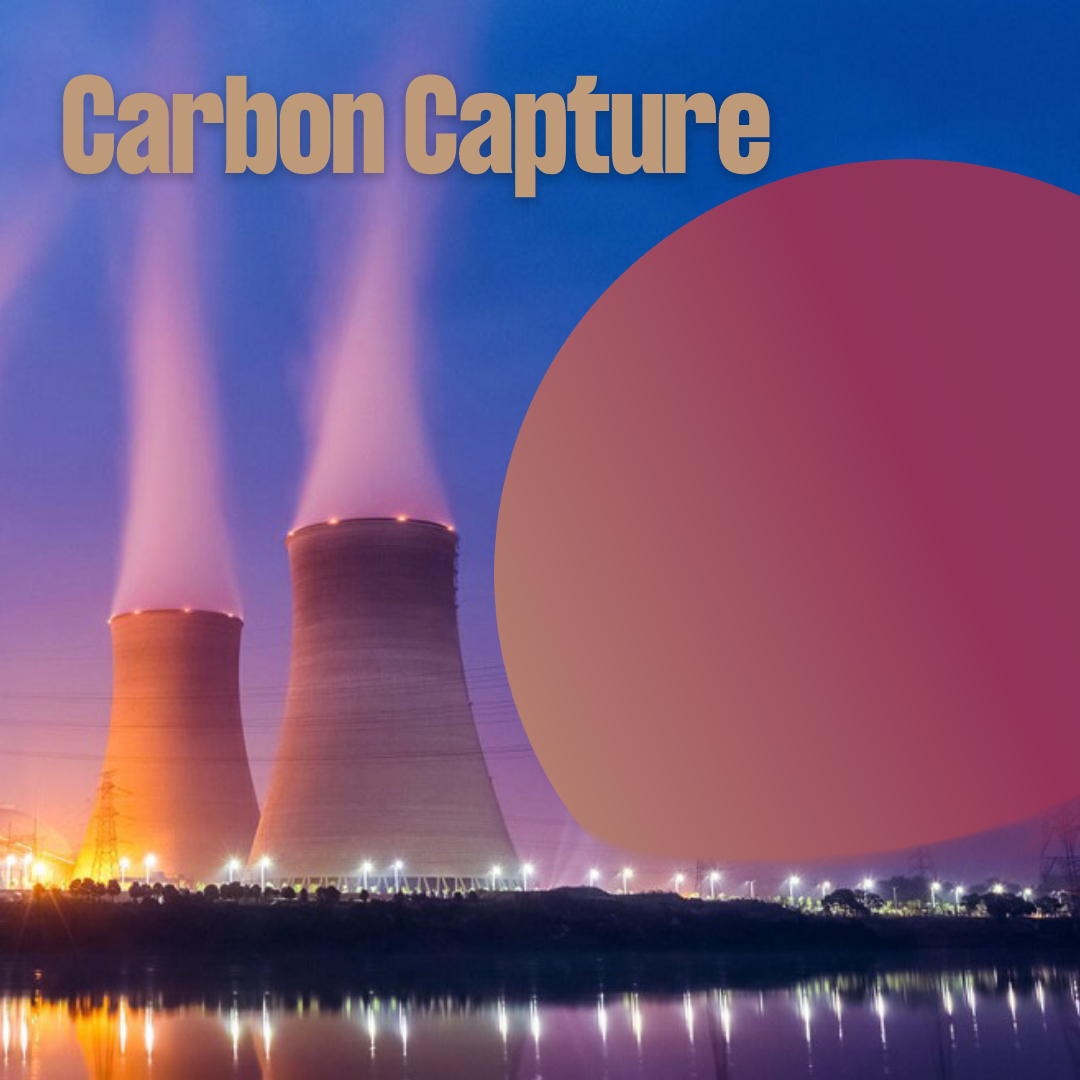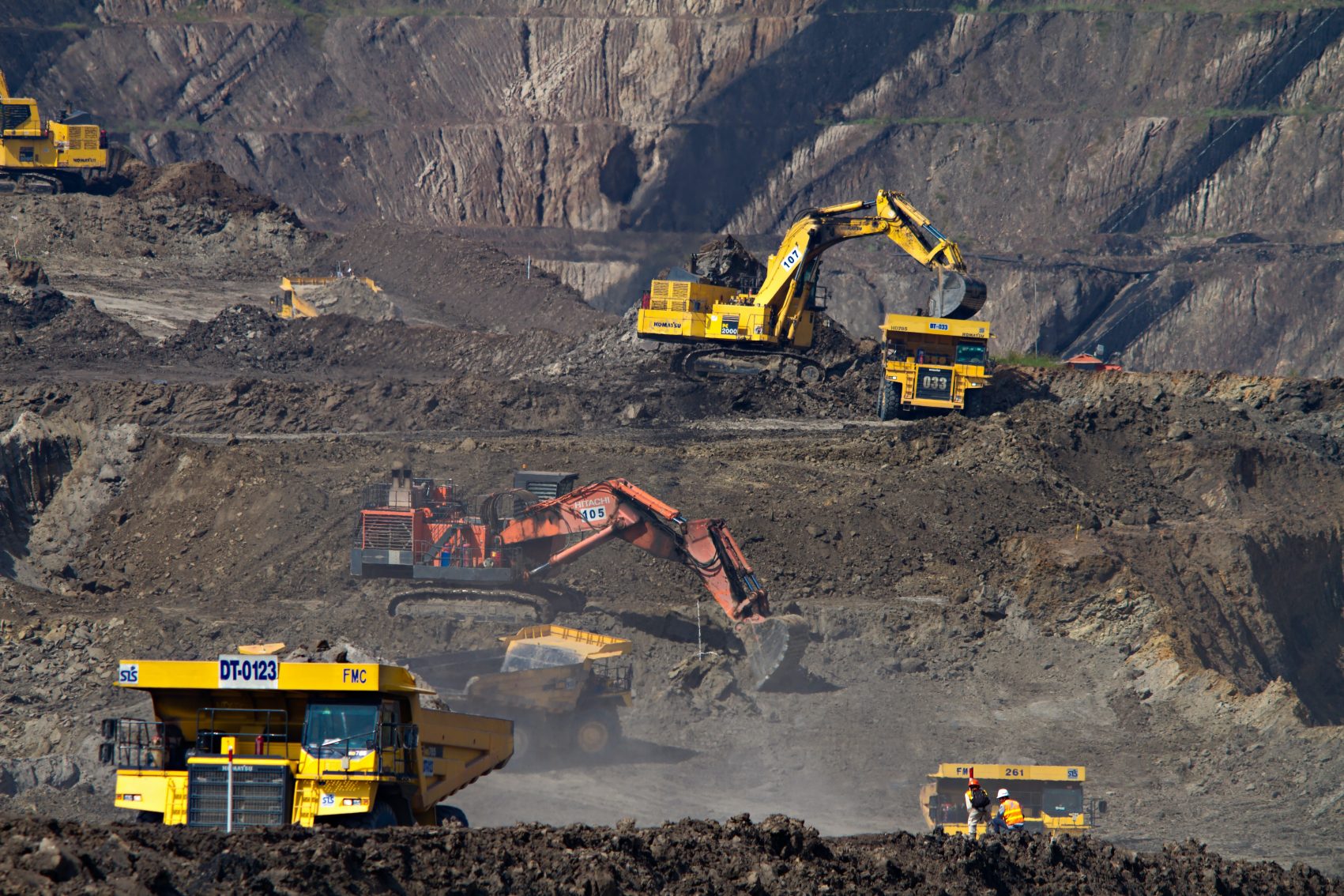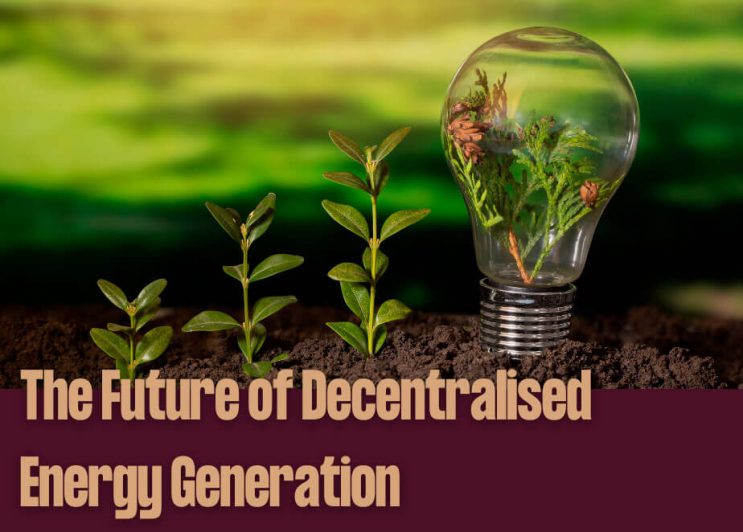The Role of Carbon Capture and Storage in the Energy Transition

The problem with carbon dioxide.
Carbon dioxide (CO2) is a vital component of Earth’s atmosphere. We need it, and other so-called greenhouse gases, to trap a little bit of the outgoing infrared sunlight that bounces off our planet’s surface every day. Without them, our planet would freeze at an average surface temperature of minus 18o Celsius. But since the industrial revolution, we humans have been putting vast quantities of additional CO2 into the air, and this is warming the atmosphere at a rate never before experienced in the whole of human history.
Most of us now understand the scientific reality of human-induced climate change. Even the fossil fuel industry, after decades of denial and concealment of scientific data from their own geologists, now concedes that climate change is real. So, they’re immediately ceasing all oil and gas exploration, making plans to phase down existing production, and moving swiftly towards the development of low carbon alternatives coupled with energy storage and smart interconnected electricity grids, right?
Well, no. What they are proposing instead is a technology called carbon capture and storage (CCS).
Capturing carbon.
The Intergovernmental Panel on Climate Change (IPCC) defines CCS as “a process consisting of the separation of CO2 from industrial and energy-related sources, transport to a storage location, and long-term isolation from the atmosphere.”
The plan is to capture the gas at large fossil fuel or biomass energy facilities, major CO2-emitting industries, natural gas production, synthetic fuel plants, and fossil fuel-based hydrogen production plants, and then compress it and either inject it into underground geological formations like depleted oil and gas fields, bury it at the bottom of the ocean, or react it with rocks to form solid mineral carbonates.
The technology already exists. In theory, it could capture about 85–95% of the carbon emissions from a power plant or industrial facility. But it would require as much as 40% more energy to run, at an extra cost of at least 20% to the plant operator.
The current status of CCS technology.
According to the Global CCS Institute, there are now 135 commercial CCS facilities in the project pipeline around the world, but only 27 are fully operational today. In 2021, about 40 million tonnes of carbon dioxide were captured using the technology, compared to nearly 40,000 million tonnes emitted by human activity. The International Energy Agency (IEA) https://www.iea.org/ tells us that to limit global warming to 2oC above pre-industrial levels, those 40 million tonnes would need to increase to more than 5,600 million by 2050.
But CCS is very expensive to implement, and commercial operators are keen to show their shareholders that they can recoup the capital expenditure of installing and running the extra machinery and systems. One way to do that is via a technique known as Enhanced Oil Recovery or EOR. In the US, about 95% of all carbon captured is used this way. CO2 is taken from the exhaust stack of a production facility and transported to depleted oil fields where it is injected, along with other fluids, at extremely high pressure to liberate the last drops of oil that would otherwise be economically unviable to access. The USA has been operating CO2-enhanced oil recovery for several decades, mainly using naturally sourced gas from New Mexico and Colorado. The US government even provides a tax break known as 45Q to operators who use carbon dioxide in this way. Because the gas stays underground after the oil has been released, operators can claim up to $50 per ton in carbon capture credits under the 45Q scheme, despite the fact that the oil it produces puts much of that CO2 straight back into the atmosphere when it gets combusted as a transport fuel.
In December 2021 US representatives from California, Arizona, and Illinois introduced legislation aimed at closing this loophole and preventing carbon capture tax credits from being used for enhanced oil recovery. The politicians hope to prevent the captured CO2 from being used to achieve a net increase in oil production. But oil and gas leaders who would use CO2 for EOR believe there need to be more incentives for the technology going forward, not fewer. It’s a debate that continues to polarise the US Congress.

Capturing carbon dioxide directly from the air.
Capturing carbon dioxide from power plants and industrial facilities is not the only option though. In recent years there has been a great deal of activity, and media hype, around a process known as Direct Air Carbon Capture and Storage, or DACCS.
In principle, it does exactly what it says on the tin. Vast banks of fans literally suck the surrounding air into reaction chambers where a chemical process takes place to extract the carbon dioxide before expelling the clean air out at the end. The question then is what to do with the captured CO2. There are only three major DACCS companies in operation today, and only one – Climeworks in Switzerland – has any serious plan to permanently lock away the captured gas. They store it at a site in Hellisheidi in Iceland where it reacts with the basalt rock to form a solid carbonate about a kilometre beneath the surface. The other two companies mix the captured CO2 with hydrogen to recreate hydrocarbons that can be made into fuels for road vehicles and aviation. Those fuels then release CO2 back into the atmosphere. The concentration of carbon dioxide in ambient air is incredibly small compared to the gases coming out of industrial exhaust stacks, so the cost of direct air capture is currently very high indeed, and the quantity of CO2 captured is very low. In 2021 only about 10,000 tonnes of carbon dioxide were captured this way, at a cost of between $300 and $600 per tonne. The International Energy Agency has targeted this technology to be removing an eye-watering 980 million tonnes by 2050. Getting there will be a Herculean challenge requiring hundreds of thousands of DACCS facilities spanning the entire globe. Whether or not that goal can be achieved is a highly contested question in the academic and industrial world.
The future of carbon capture.
Nevertheless, many countries are beginning to regard carbon capture as an important tool to meet their net zero goals. Carbon capture projects are now operating or under development in 25 countries around the world. Three quarters of them are in the United States and Europe.
In Denmark for example, there are plans to equip Copenhagen’s main waste facility with carbon capture to remove half a million tonnes of CO2 a year. Norway is putting nearly two billion dollars into the Longship project, one of the first industrial CCS projects to develop an open access infrastructure with the aim of capturing as much as 1.5 million tonnes per year of CO2 from across the entire European continent and storing it permanently beneath the North Sea. The Netherlands has committed up to 2 billion Euros to the Porthos CCS hub in Rotterdam, which is expected to capture 2.5 million tonnes a year when it comes online in 2023. The United Kingdom has established a £1 billion CCS Infrastructure Fund with a target of building four carbon capture hubs by 2030, and the European Commission’s 10 billion Euro Innovation Fund has identified four further European projects that it will be supporting.
Some of the world’s largest companies, including Microsoft and United Airlines, are investing heavily in direct air capture to meet their corporate climate targets.
Around the world there are now about 50 facilities in development to capture CO2 from the process of steam methane reformation to produce hydrogen. The largest of these will be operated by a company called Air Products. Once it’s up and running it’ll be capturing more than 5 million tons of CO2 per year.
Climate uncertainty.
Despite industry optimism and a significant upsurge in carbon capture projects in 2021 though, we should not ignore the fact that carbon capture has endured a chequered history. Many projects just couldn’t hit the financial milestones required by investors or stimulus programmes. A lack of certainty about long-term stability of stored CO2 coupled with very high operating costs has caused many project failures in the past and may well be the undoing of many more in the future.
There is also deep scepticism among some climate advocates about the genuine motives behind carbon capture technologies.
Professor Charles Harvey is a Civil and Environmental Engineer at MIT in the United States, and an expert on carbon storage. In a recent BBC interview, he summed up the problem.
“It’s not at all surprising that fossil fuel companies would promote ideas and policies that enable the continued use of fossil fuels.“ said Harvey. “Carbon capture definitely works, in the sense that you can capture it and you can inject it deep underground. The issue is whether it is competitive with renewables because it would be a silly thing to do if you could just build wind farms or solar energy at less cost. And that’s the case already. Carbon capture is not actually the direction to go to stop climate change or prevent global warming.“
The jury is still out on the subject of carbon capture and storage. The IEA, the IPCC, and most other industry analysts regard it as an essential cornerstone of the global decarbonisation effort. Only time will tell if it can live up to that lofty goal.
Strathsquare is a seed stage project initiator that provides required resources to entrepreneurs and innovators. We are driven by a sense of urgency to transition away from unsustainable technologies and processes, we believe that what we do should have a genuinely positive impact on society and our environment.
If you have an innovative idea
We are committed to supporting innovators who have the potential to make businesses more sustainable and for all.


